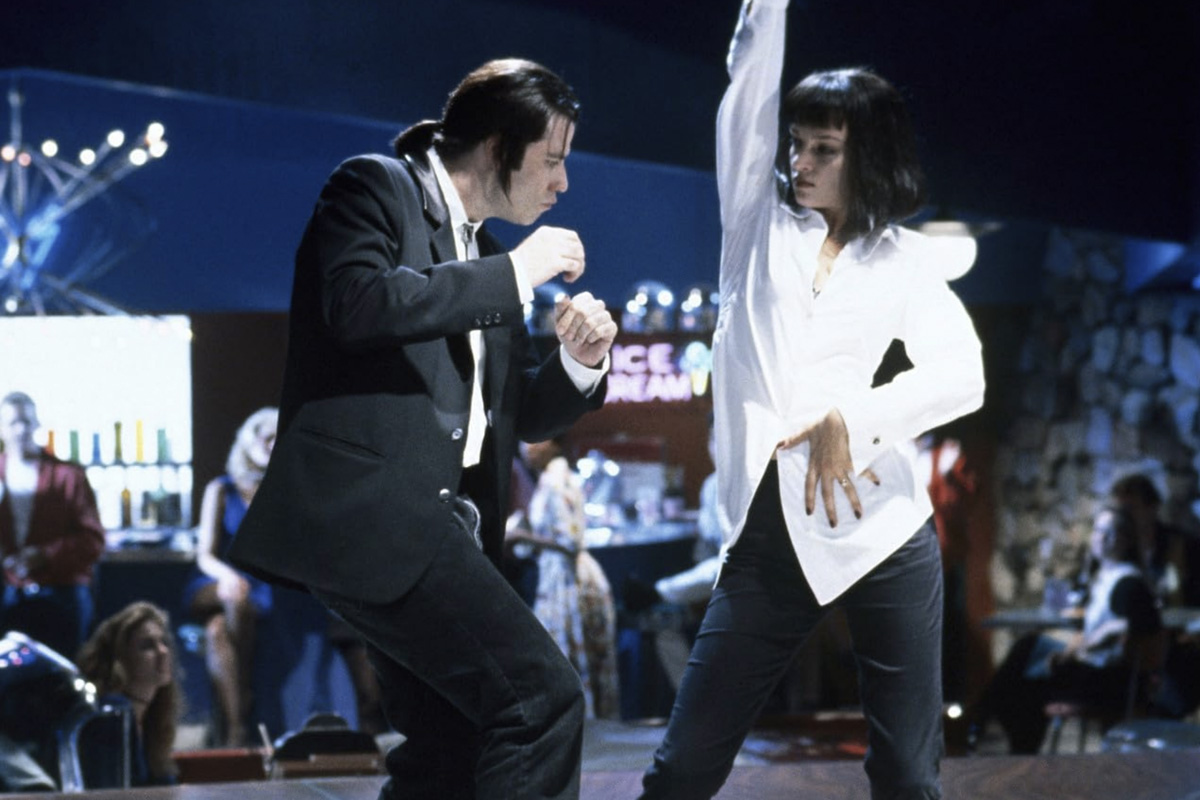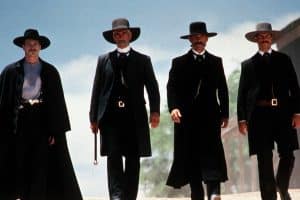Let’s take a look at the history of the ratings system and explore where these ratings are today.
In the early 20th century, as moving pictures became a new attraction, politicians and community leaders in larger cities became concerned about the growing spread of this risqué medium. Chicago was one of the first cities to enact censorship laws, prohibiting the showing of certain types of films, and when the U.S. Supreme Court upheld these laws, more proliferated. Eventually, the studios realized they were going to get shut down if they didn’t do something to police themselves.
So, they turned to a Presbyterian elder named William Harrison Hays Sr., who had recently been the U.S. Postmaster. Hays was asked to lead the Motion Pictures Producers and Distributors of America, a trade organization that was tasked with both chasing money for Hollywood studios and ensuring that the films made from this money exhibited the proper moral character of America.
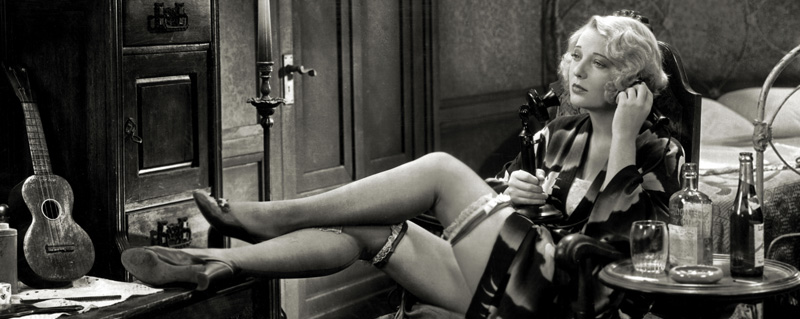
While Hays believed in freedom of expression and was opposed to censorship, he was under a lot pressure to do something about all the violence and sexuality being flashed on the big screens. It was a terrible job: being the Prurient Police at a time when crowds were eagerly filling screening rooms for glimpses of a shapely curve or a bare ankle.
Eventually Hays offered a list of suitable and unsuitable content, and this list was codified into the Production Code (also know as the Hays Code). This code was mandatory, and it was the stick studios used to force filmmakers to, among other things, abstain from scenes of passion that were irrelevant to the plot, show printed profanity, sympathetic portrayals of criminal behavior, or indecent dance moves — essentially John Travolta‘s entire character from Quentin Tarantino‘s Pulp Fiction.

Hays stayed on with the MPPDA until after WWII, and the machinery kept rolling until 1966, when Jack Valenti was appointed head of what was now called the Motion Picture Association of America (MPAA). Valenti would remain as head of the MPAA until 2004, and during his tenure, instituted the bulk of the rating system as we now know it.
The MPAA (and the studios) opted to make their new ratings voluntary—they were no longer in the stick-wielding business — but the organization would apply these “suggestions for appropriate audiences” to films looking for distribution. Theaters could then, voluntarily, decide whether to carry a film or not, based on its rating. You see where this is going, don’t you? The studios weren’t the heavy ones any more. “What? We love your work, but the theaters, well, they think you have too many dismemberments. Could you — maybe? — take out a couple? Oh, and maybe the protagonist doesn’t have to be topless during the third act? Just a suggestion for, you know, the theaters.”
The four ratings the MPAA came up with were: G, PG, R, and X.
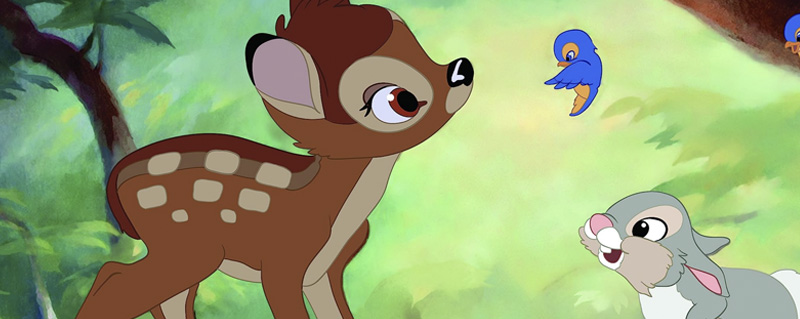
G-rated films are intended for general audiences, and the MPA provides the somewhat subjective guideline of “nothing in this film would offend a child’s parents.” Whose parents? Well, those people’s parents, apparently. Most Disney animation from the 20th century is good enough for a G rating, but there are a few of us who are still not okay with the death of Bambi’s mother, but since it happened off-screen, it’s acceptable.
David Lynch has directed a G-rated film, by the way. The Straight Story is about Alvin Straight, an elderly man who wishes to reconcile with his ailing brother before he dies. As Straight doesn’t have a driver’s license, he opts to make the 240-mile journey to his brother’s house on his riding lawnmower, which has a top speed of about 5 MPH. Even though the MPA did their best to find sinister reflections in mirrors or esoteric symbolism in the sunsets, The Straight Story is just a road movie about serenity and age and family. If the man who directed Inland Empire can make a G-rated film, so can you!

The second rating, PG, is for films that the MPA feels some “parental guidance” is suggested. “Some” material may not be suitable for younger viewers. Nudity, violence, swearing, and complex emotional situations can create awkward dinner-time conversations, so parents should judge whether their tykes are up for the sorts of things they’re going to see.
For many years, the next rating was R — children under the age associated with this rating were unable to see the film, unless physically accompanied by an adult. It’s not that they can’t go; it’s merely that the theater can abrogate responsibility of the associated trauma on the child by their viewing of the film because Mom or Dad was there to take responsibility. Which is how we get screaming babies in R-rated horror films, because hey, the parents are there, so who are we to police how they raise their kids?
The difference between PG and R? It depends on the cultural background, but in the U.S., it can come down to how you use a certain four-letter swear word. As an adjective: PG. As a verb: R.
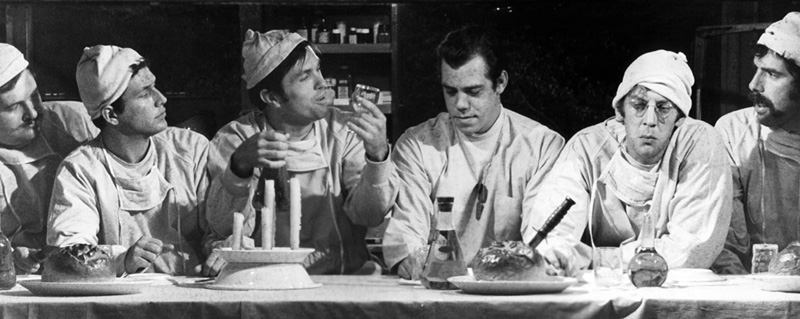
Oh, and X? X was the kiss of death. No theater was going to run a showing of a film with that label. Of course, an entire industry sprang up that embraced this badge of impropriety, because, well, what was Hollywood but a hotbed of counter-culture crazies and rebellious non-conformists?
Historical side note: during the 1980s, parents grew increasingly outraged over the amount of violence and blood that were creeping into PG-rated films. (Hey, keep your swearing to a minimum and you can do all sorts of gruesome stuff.) Citing films like Indiana Jones and the Temple of Doom (monkey brains and that giant rock crusher, right?) and Gremlins (animatronic monster hijinks), they called for a change in the ratings system. Steven Spielberg, who had directed the former and produced the later, proposed a new intermediate rating — PG-13 — which would be the home for films that were more adult but not, you know, adult-adult. The new rating was adopted, and the first film to have this rating was John Milius‘s Red Dawn, a family film (for him) about kids and guns and home invasions.
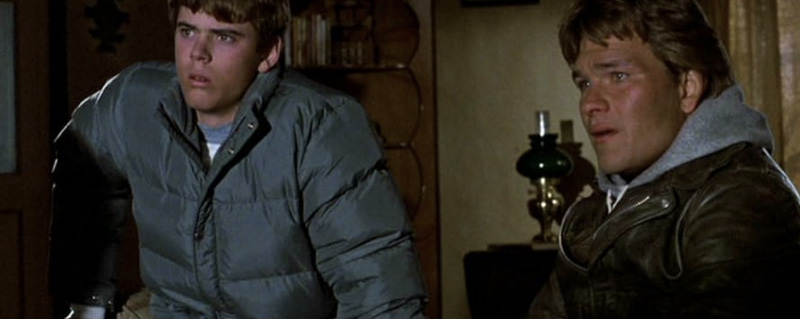
This parental guidance rating was widely adopted, with various countries shifting the age marker plus or minus a year or two. Not entirely as shade to the U.S.’s own age-based rating, but a little bit.
Eventually, the MPA acknowledged that you could make entirely adult films without doing entirely naked people adult films. The X rating, which had been entirely co-opted by the adult entertainment industry, was changed to NC-17 — “No children under the age of 17” — indicating that no matter how much Mommy and Daddy argue with the guy at the theater ticket stand, there was no way they’re taking an infant into the theater.

In the last dozen years, various special interest groups have been calling for ever more gradation on these categories, and the MPA has — thankfully — decided to break the categories down even further. Instead, each film now comes with a list of the main reasons why a film has received its rating. Which is how we get things like “brooding, dark violence” (and a PG-13 rating) for Batman Returns, “salty language and innuendos” (also PG-13) for Grumpier Old Men, and “mild alien vampire violence” for Teenage Space Vampires, netting it an otherwise all-audience appropriate PG.

While the involuntary-voluntary nature of these ratings may seem like something that could chill the creative effort, just keep them in mind as you build your product. Directors have stood their ground about their films, and have successfully argued for different ratings Kevin Smith‘s Clerks, for instance, was initially given an NC-17 rating because convenience store boys talk about naughty stuff, but after an impassioned defense by famed civil liberties lawyer Alan Dershowitz, the MPA relented and gave the film an R rating.
Oliver Stone‘s Natural Born Killers went round and round with the MPA many times. Oliver had a vision, and he fought long and hard to get that film on-screen, but even though the rating system is entirely voluntary, he was contractually obligated to turn in an R-rated film. You see how the blame gets shifted? Stone eventually relented, and of course, since the home video market doesn’t have the same issues with ratings, he got those four minutes back into the film.
(Cover image courtesy of Miramax)
Looking for filmmaking tips and tricks? Check out our YouTube channel for tutorials like this . . .
